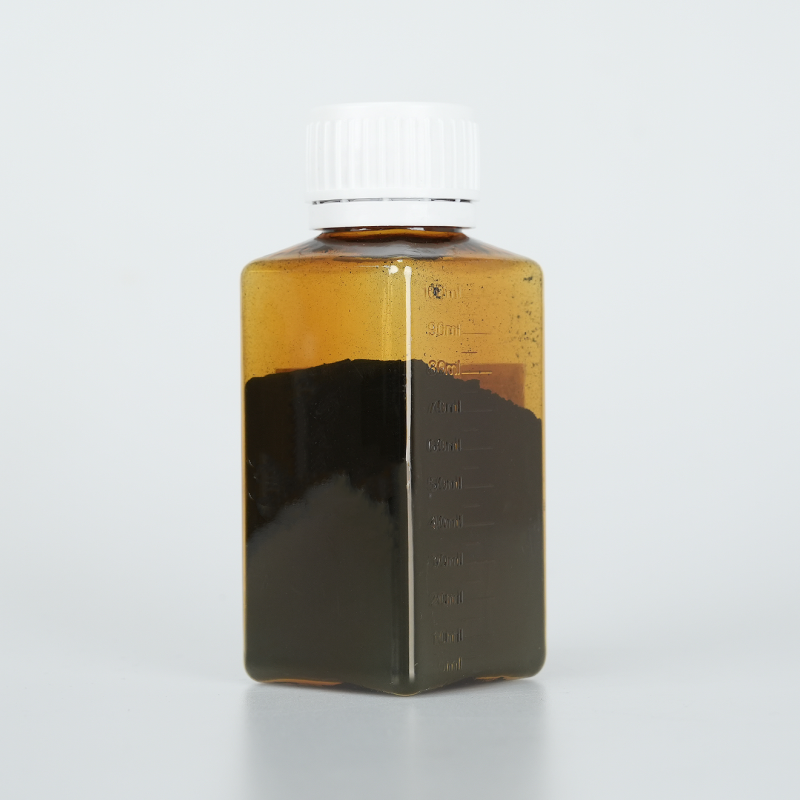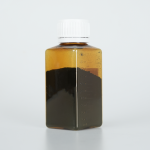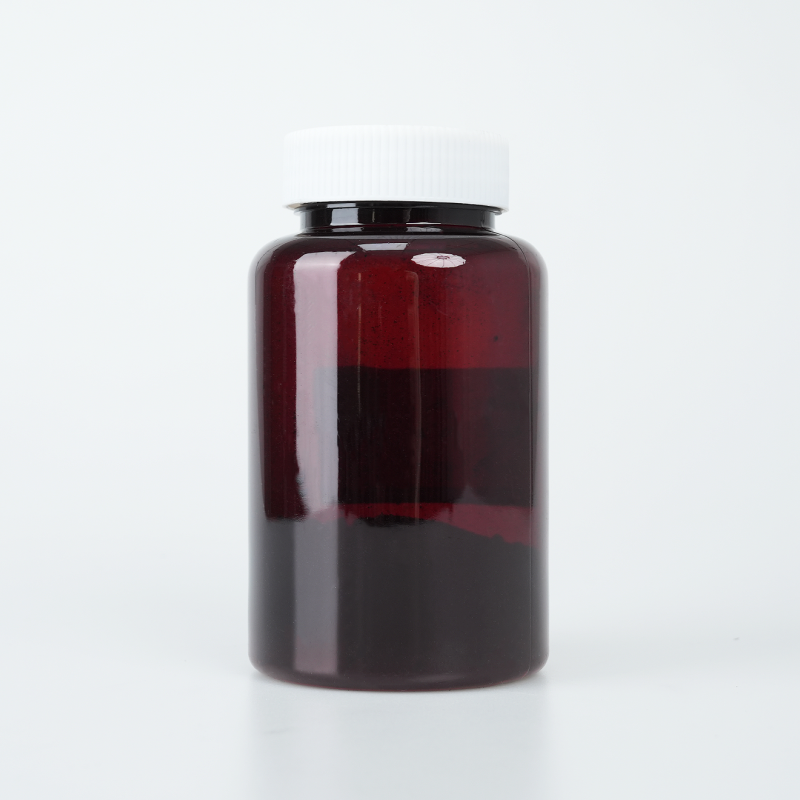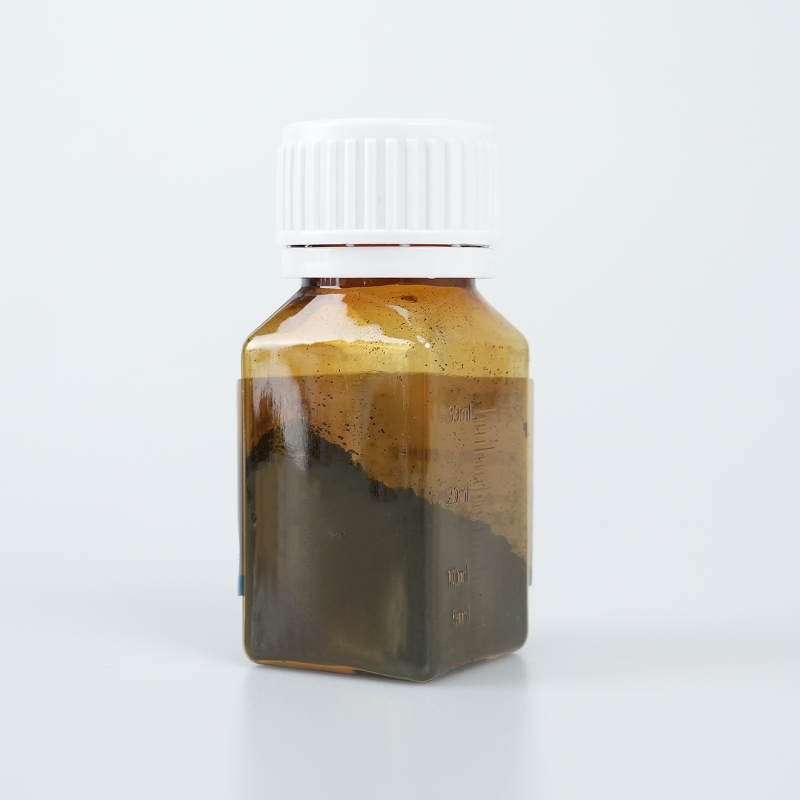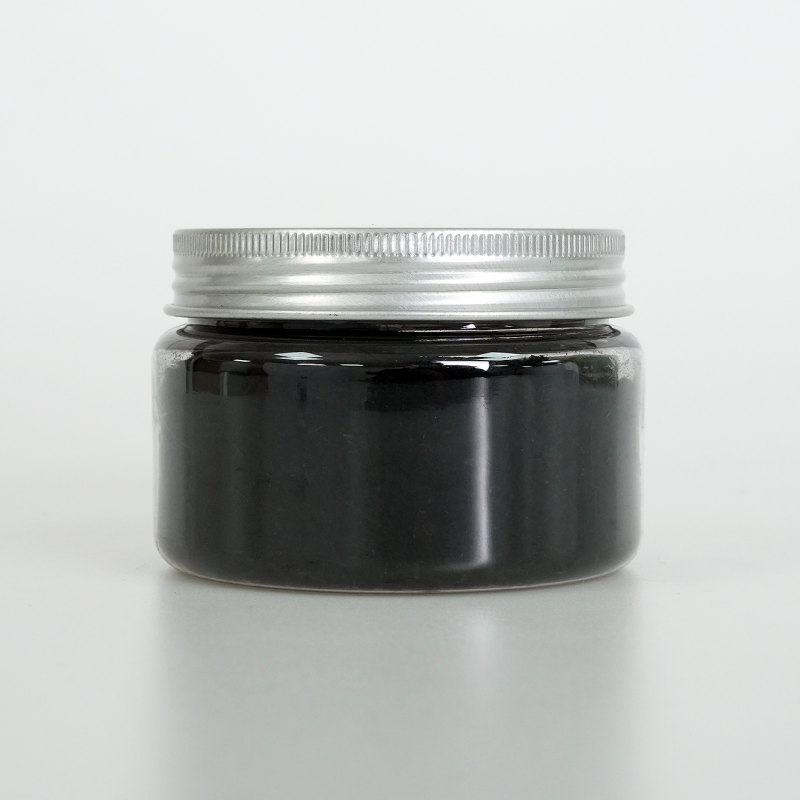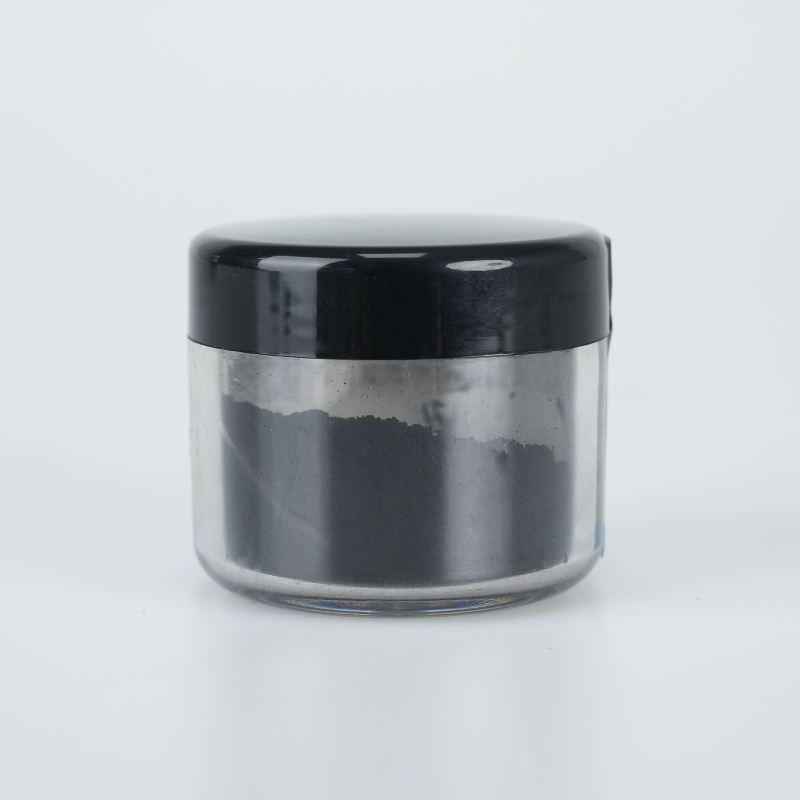Aligned multi-walled carbon nanotubes (MWCNTs) offer optimized orientation, enhanced electrical conductivity, and superior mechanical strength. Designed for advanced applications, they enable efficient charge transport, extended durability, and high-performance adaptability.
Product Overview
Aligned multi-walled carbon nanotubes (MWCNTs) are nanomaterials with a unique orientation structure, where the direction of the layers in the carbon nanotubes is arranged in a regular pattern during the growth process. This orientation results in excellent performance in electrical conductivity, fluid dynamics, and other properties. The preparation of aligned MWCNTs usually relies on chemical vapor deposition (CVD), where growth direction is controlled by adjusting parameters such as catalyst type, reaction temperature, and gas flow rate. These nanotubes have broad application potential in fields like electronics, energy, and composite materials.
Key Features
- Electrical Conductivity: High electron mobility enables these nanotubes to be used in a variety of conductive materials.
- Mechanical Properties: The aligned structure enhances the strength and toughness of the multi-walled carbon nanotubes, offering excellent mechanical performance.
- Thermal Stability: These nanotubes exhibit good thermal stability, making them suitable for high-temperature applications.
Applications
- Electronics: Used in the manufacturing of high-performance electronic devices, such as field-effect transistors, sensors, and other advanced components.
- Energy: Serves as a conductive agent in energy storage devices like lithium-ion batteries, significantly improving battery performance.
- Composite Materials: Enhances the mechanical and conductive properties of composite materials, with applications in industries such as automotive and aerospace.
- Biomedicine: Applied in drug delivery systems, biosensors, and other biomedical fields.
| Technical Parameter | Description |
| Diameter | 10-20 nm |
| Length | 30-100μm |
| Purity | >95% |
| Color | Black |
| Specific Surface Area (SSA) | >180 m²/g |
| Tap Density | 0.07 g/cm³ |
| True Density | ~2.0 g/cm³ |
 new material
new material

